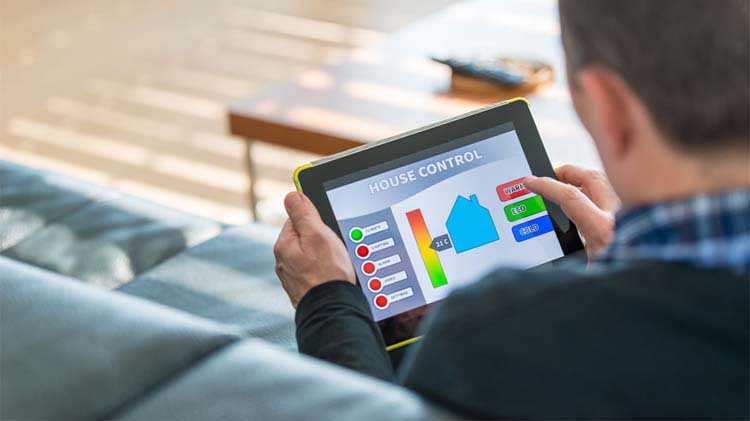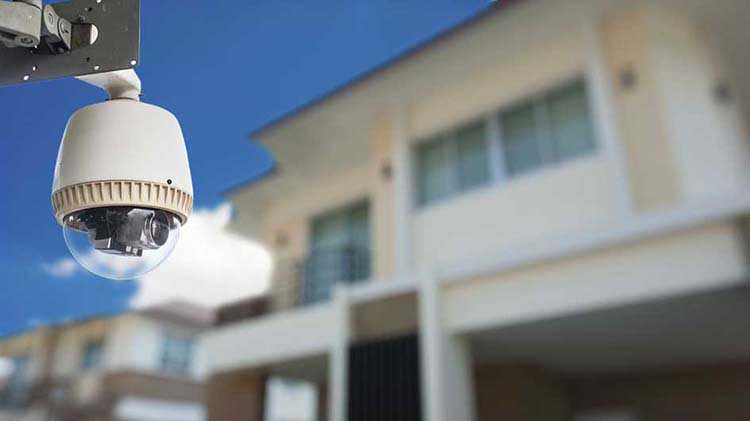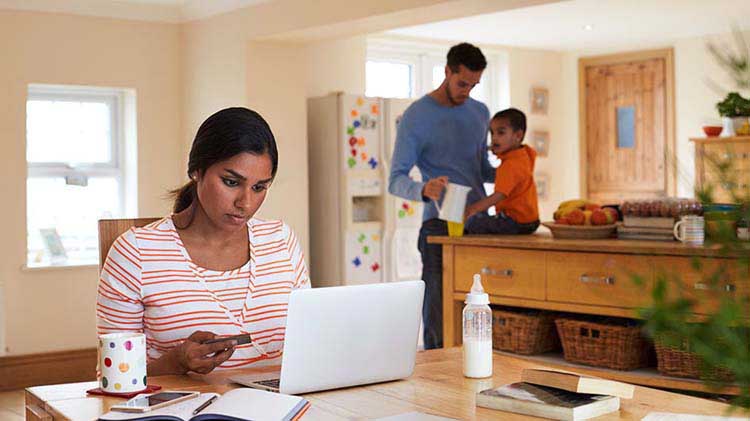How to secure your smart home devices
Help keep your connected home protected with these security tips.
Today's homes feature a large number of devices connected to the internet — everything from kitchen appliances and smart thermostats to light bulbs and always-on security cameras. While there's convenience to being able to turn off forgotten lights, save energy by reducing usage when no one is home or monitor who comes and goes no matter what time of day, connected home devices can also create a security headache.
Cyber security protocols aren't nearly as strong for home devices as what you would find on a laptop or smartphone. And because they're connected to the Internet, these devices are a potential doorway into your laptop and smartphone if they're on the same network. Once there, cyber thieves have access to your identity, banking credentials, credit card numbers and other personal information. The Federal Trade Commission (FTC) estimates that nine million Americans have their identity stolen each year.
What can help secure your smart home from a data breach?
- Keep your smart devices to a minimum. Take an inventory of the digital entry points into your home and consider consolidating. Only use those devices that you need.
- Make sure your home network is secure. Take some time and learn the different settings on your modem and router, the hub of your home network. There are multiple options for Wi-Fi encryption, each with their own benefits.
- WPA2 (Wi-Fi Protected Access II) is typically recommended.
- WPA and WEP are sometimes susceptible to brute-force type attacks.
- Change all the default passwords. Do this immediately, before you attach any computer or smart device to your home network. Make sure you are using a strong, unique password for each device.
- Disable internet access to the router's admin screen. Most home users do not need to change the modem or router's settings from outside the home.
- Use a firewall. Most routers at home act as a firewall by constantly monitoring traffic to block unexpected, unwanted or specifically malicious traffic. Even though the small computers inside your smart devices may not be capturing sensitive or personal information, they are an entry point so they should be behind a firewall.
- Use the guest network option. This allows guests to connect to your home network while not opening access to your personal devices. You can also use the guest network for connected home gadgets that you want separate from your personal network used for your computer, phone and printer. Most home routers have a guest network option. By connecting your home gadgets to that, a compromised refrigerator won't be the gateway for someone to move on to your banking.
- Factor in multifactor authentication. Don't rely on passwords alone to keep your devices safe. Check to see if your system offers two-factor authentication, which adds an extra security layer to the login process, such as a security key or a one-time code received by text. Even if a hacker is able to steal your password, it's much less likely that your phone can also be hacked.
- Consider disabling Wi-Fi Protected Setup. A rarely used feature designed to allow for easy device setup on a home network with a simple PIN, some implementations have serious security flaws.
- Update regularly. Just as you would update your computer or tablet, do the same for home devices. Vulnerabilities are found all the time in the software and firmware, and regular updates provide the necessary protection against them.
- Use antivirus and antimalware software. Make sure this is loaded on all your computers in your home and those guests might bring into your home.




